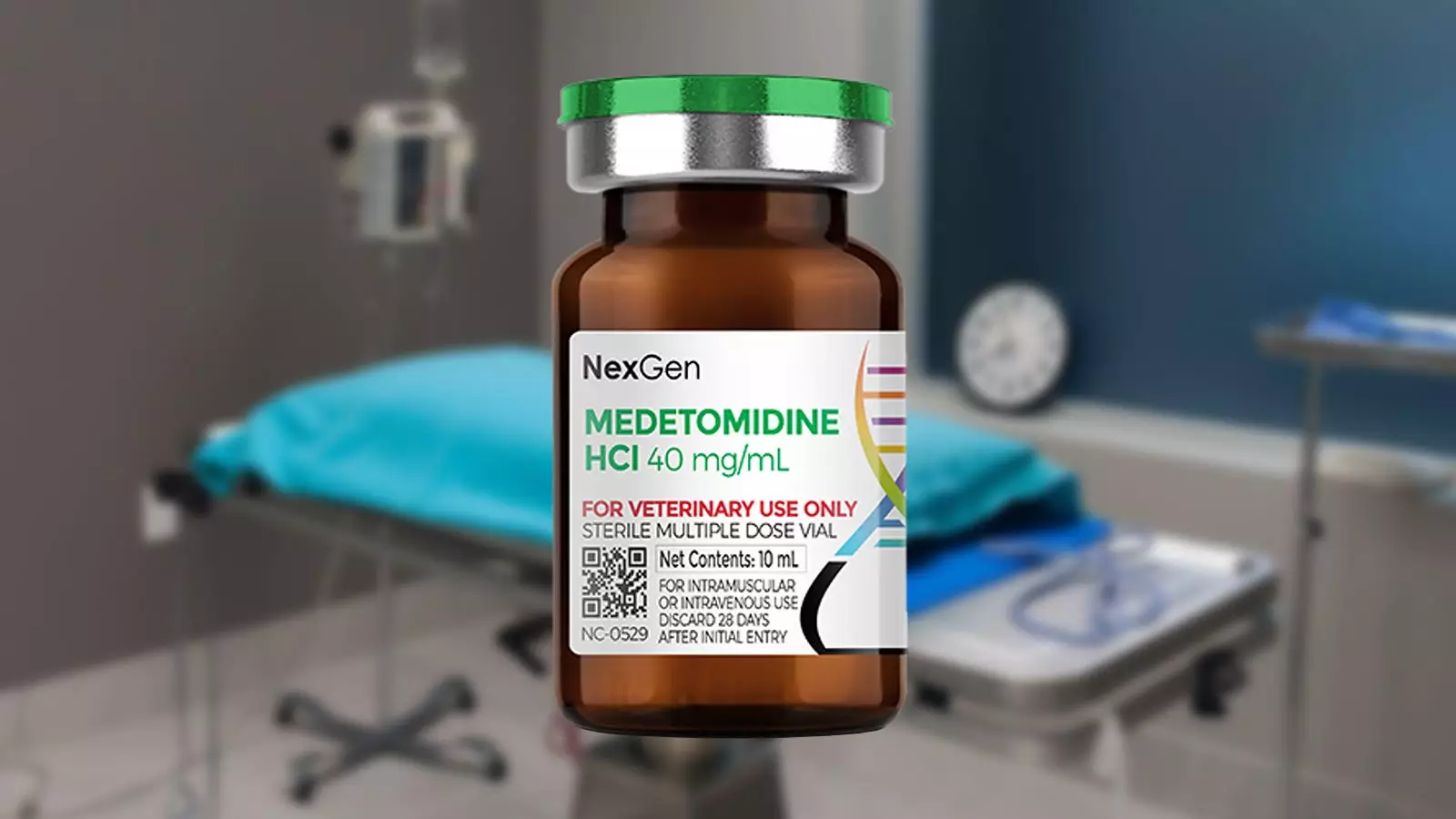The drug sample that was recently tested contained a dangerous cocktail of substances, including multiple nitazenes, fentanyl analogues, xylazine, diphenhydramine, caffeine, and medetomidine. The mention of medetomidine in particular caught my attention, as it has been linked to a recent surge in overdoses. While opioid overdoses are unfortunately nothing new to me, this particular case stood out due to the patient’s unresponsiveness to standard treatments and the prolonged toxic effects experienced. It seems that “unusual” overdose presentations are becoming more common, indicating a troubling trend in the street drug supply.
Medetomidine, a drug primarily used in veterinary medicine, shares similarities with xylazine, another substance that has found its way into the illicit drug market. Both drugs have non-opioid mechanisms of action and can lead to severe respiratory depression and cardiovascular issues. Recent reports have highlighted clusters of overdoses related to medetomidine, with patients exhibiting symptoms that do not respond to standard overdose reversal measures like naloxone. The potency and prolonged effects of medetomidine make it a challenging substance to manage in overdose situations, with some cases requiring intensive care unit admission.
The presence of medetomidine in street drugs raises questions about the motivations behind its addition to substances like heroin and fentanyl. While the exact reasons for its inclusion remain unclear, it is speculated that medetomidine may be used to enhance the effects of opioids while reducing the need for high doses of fentanyl. The emergence of medetomidine in the drug supply underscores the need for increased awareness among healthcare professionals and drug users about the risks associated with these novel substances. However, medetomidine is just one example of the numerous new drugs that have appeared in the opioid supply in recent years, making it challenging to treat overdoses effectively.
Unfortunately, the response to emerging street drugs has largely been focused on criminal justice measures rather than scientific research and evidence-based interventions. Bans on illicit substances can hinder efforts to study and understand these drugs, limiting our ability to develop effective treatment strategies. As a healthcare provider working with overdose patients, I have witnessed the harm caused by the constantly evolving drug supply, which often contains unknown combinations of substances. The lack of information about the drugs ingested by patients poses significant challenges to providing appropriate care and underscores the need for comprehensive harm reduction strategies and increased access to regulated, safer drugs.
The influx of new and dangerous substances into the street drug supply presents a significant challenge for healthcare professionals and policymakers alike. It is imperative that we shift our focus towards research and evidence-based interventions to address the root causes of the overdose crisis and prevent future harm. By acknowledging the complexity of the issue and implementing comprehensive harm reduction measures, we can work towards reducing the devastating impact of emerging street drugs on individuals and communities.


Leave a Reply